Whilst Kuala Lumpur is developing at a fast pace, its spiritual roots are very much alive. This multiracial population has given rise to many places of worship – mosques, Buddhist and Taoist temples, Indian and Sikh temples, and churches of different denominations dot the streets. It might not have occurred to you that a house of worship could be both cultural and a tourist attraction at the same time, so we’ve compiled a list for your convenience:
1. Mosque
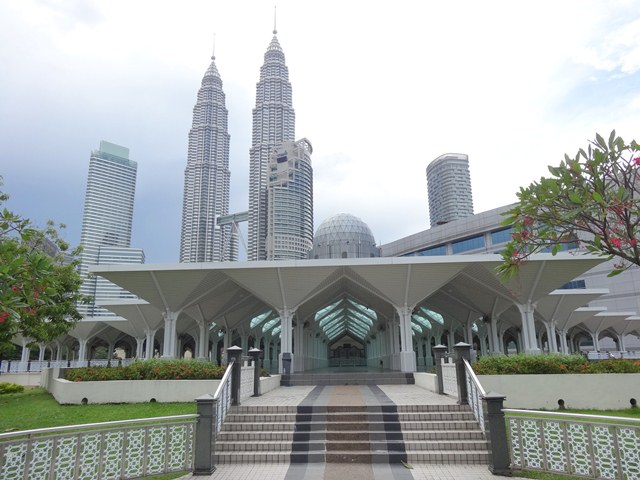
Nicknamed ‘Jewel in the Park’, Masjid Asy-Syakirin shares the same location as two hugely-popular tourist attractions, Suria KLCC and Petronas Twin Towers. The mosque, boasting Uzbek design and other elements of West Asian architecture with the style of East Asia, is a 21-hectre of edifice constructed by Uzbekistan workers out of marble and granite. Although it’s an Islamic house of prayer, the mosque does not feature a minaret. Originally built in 1998 to cater for a congregation of 6,000 worshippers, the mosque was renovated in 2009 to accommodate for an additional 5,000. Masjid Asy-Syakirin has received a number of esteemed guests in the past such as the Duke and Duchess of Cambridge, Prince William and his wife Catherine, as well as the Chief Imam of Masjid Al-Haram in Mecca, Dr. Abdul Rahman Al-Sudais.
2. Hindu Temple
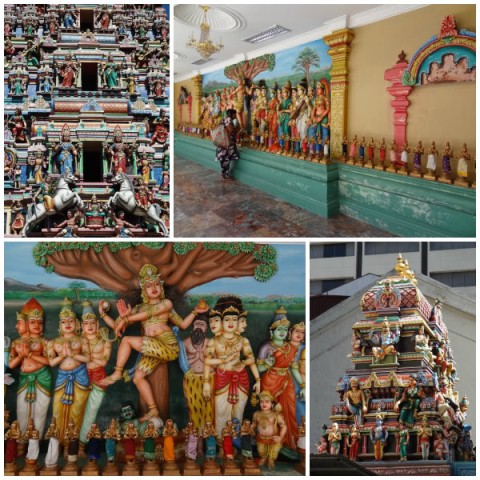
The Sri Maha Mariamman temple in Kuala Lumpur, built in 1873 by K. Thamboosamy Pillai remains as one of the oldest Hindu temple in Kuala Lumpur. Its most remarkable feature is the structure which is similar to the shape of a human body with its head positioned towards the west and the feet pointing east. The feet are symbolised by a 75-feet high monumental tower standing five tiers high. At every tier, there is a gateway adorned with 228 sculpted Hindu deities. The main prayer hall, decorated by murals and frescos, houses three shrines and is roofed by an embellished dome. The chief deity, Sri Maha Mariamman, is installed at the inner sanctum – the only entrance facing east, while there are smaller shrines dedicated to Lord Ganesha and his brother, Lord Muruga, located around the main prayer hall.
3. Church
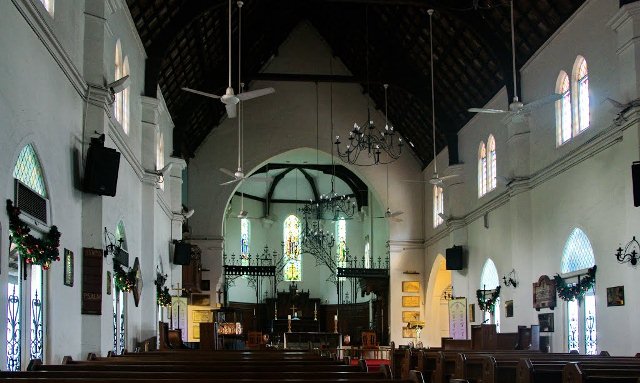
The original St. Mary’s Cathedral was consecrated to the Virgin Mary by the Right Reverend George Frederick Hose on February 13, 1887 making it one of the oldest cathedrals in the nation. The original church was a simple wooden building located on Bluff Road on top of a hill now known as Bukit Aman. The church, designed by the architect, A.C. Norman and based on Early English Gothic architecture, consists of a nave 87 feet long by 28 feet wide, and a chancel 29 feet long by 22 feet wide with an octagonal end, together with a vestry and organ chamber. The church became a cathedral only when a bishop was appointed over the western part of Malaysia in the late 1900s.
4. Gurdwara
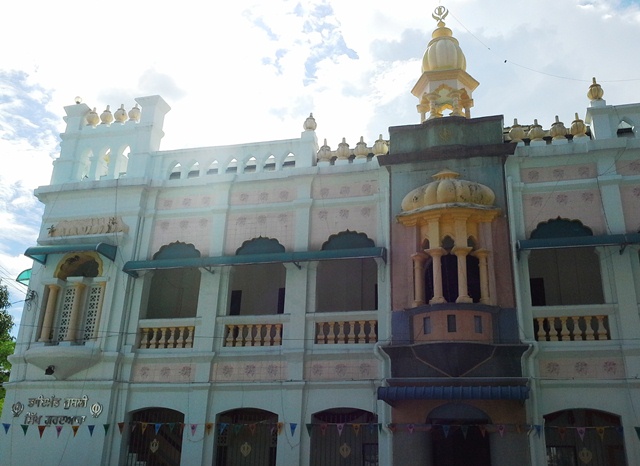
Gurdwara Sahib Khalsa Dharmak Jatha Wadda, along Brick Kiln Road in George Town, Penang, is also called the Diamond Jubilee Sikh Temple, because the land on which it stands was given to the Sikh community in 1897, the year of Queen Victoria’s Diamond Jubilee. A gurdwara, which means “doorway to the guru”, is the place of worship of those embracing the Sikh faith. When it was completed in 1899, the gurdwara was the largest in Southeast Asia. Funding for the project came from Sikh members of the Malay States Guides who each donated a month’s salary. On the upper floor of the Sikh Gurdwara is the Darbar Sahib – the prayer hall of the temple and is where the holy text is placed on a takhat, or throne.
5. Buddhist Vihara (Temple)
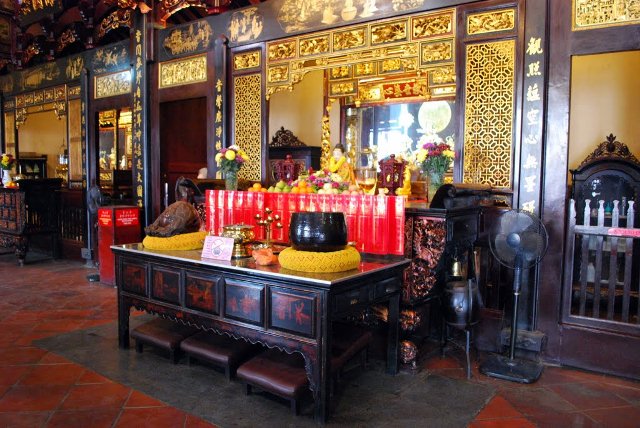
The Cheng Hoon Teng Temple is one of the places where visitors can gain an insight into the Melaka state’s bygone days. It is also known as the Temple of Bright Clouds. Built in 1646, it is the oldest temple in Malaysia and also outside China. The temple was constructed entirely from materials imported from southern China. Three doctrinal systems are practiced in this temple – Buddhism, Confucianism and Taoism. The restoration work done on this temple was so impressive that it won the UNESCO Award of Merit for Culture Heritage Conservation. This temple is located at the heart of Melaka’s Chinatown.
Homepage Highlight Photo credit: UweBKK (α 77 on ) / Foter / Creative Commons Attribution-NonCommercial-ShareAlike 2.0 Generic (CC BY-NC-SA 2.0)
Source: The Expat Magazine July 2014
Read more:
- 5 Fabulous Buildings in Melaka You Must Visit
- The Influence of a Multicultural Society on Penang’s Architecture
- Five Wonderful Designs of Architecture in Malaysia
What are your thoughts on this article? Let us know by commenting below.No registration needed.
"ExpatGo welcomes and encourages comments, input, and divergent opinions. However, we kindly request that you use suitable language in your comments, and refrain from any sort of personal attack, hate speech, or disparaging rhetoric. Comments not in line with this are subject to removal from the site. "




















